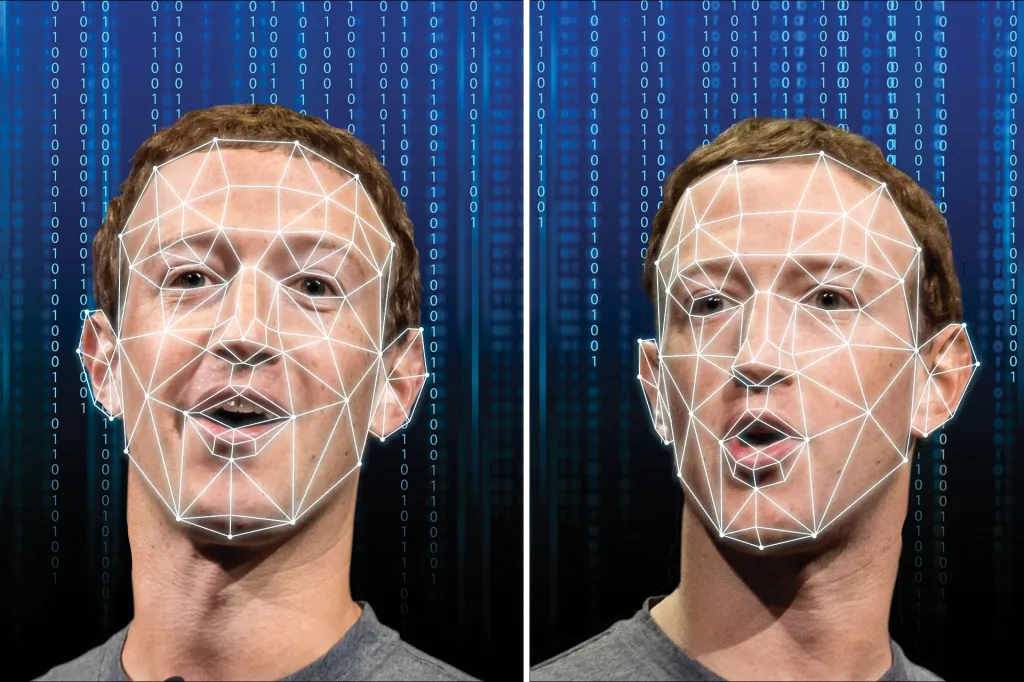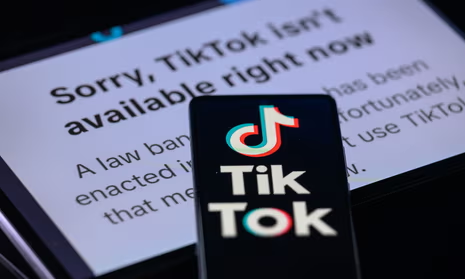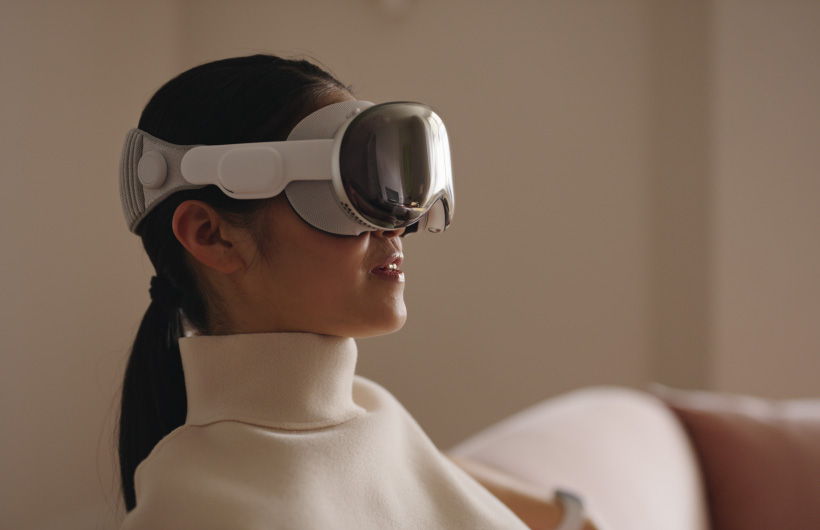You may have seen celebrities teaching trigonometry or explaining physics concepts to you on TikTok. Unfortunately, those videos are not real. Such videos are made possible with Deepfakes. Deepfakes are images, videos or audio recordings that have been edited and manipulated with the use of AI. At first glance, Deepfakes may seem like a fun tool to bring your imagination to life. For example, filmmakers have used deepfakes in the entertainment industry to bring back historical figures, yet this technology could become a serious threat once it is in the wrong hands.
Deepfakes act as the foundation for rumors—often AI-tampered images and videos of celebrities and well-known people break out on the internet, and boom— it only takes a few minutes for it to be shared on most social media sites. Soon after, media platforms are flooded with gossip and rumors circulating about that individual.
Deepfaking politicians could be especially dangerous as it could sway a significant number of people’s opinions and political views. Moreover, Deepfakes could be used for fraudulent activities, like scams and cyberattacks. A frightening example of a Deepfake scam is when people receive fake phone calls from voices that sound identical to their loved ones. These calls often prompt the victim to send money to the scammer.
People can easily be influenced by AI without them questioning its authenticity. Especially, the older generations tend to believe things on the internet easily, as they had not been exposed to advanced technology usage as teens or young adults. But the growing usage of A.I. tools to change someone’s appearance are starting to become concerning; they lead to the public having an altered version of someone’s reality. They might believe one to have done something or said something that has influenced them, without knowing that the video they watched of that individual was generated by artificial intelligence.
Deepfakes have the most impact on the victim’s life. A single image, audio, or video of a person who just finds out it exists after it has already been seen by their family and entire friend group—that has to have a mental strain on that person. Imagine waking up and, all of a sudden, getting hundreds of calls from friends and family asking about this image or video of you they have seen on the internet. If these A.I.-generated false images or videos shed a negative light on someone, that individual just gets bombarded with shame and disappointment without even being given the time to explain anything. It exploits the victim’s privacy, personal, and professional life, leaving them with trauma that haunts them for the rest of their life.
There is no reason to have conflicting feelings about Deepfakes, as the misery they inevitably bring to the lives of the victim and the influence they have on anyone’s perspective who views that content is evident. Artificial intelligence should never have control in people’s lives to the extent that it makes them lose their ability to live life without being exploited by strangers online. Shaping one’s own viewpoints and individual takes on matters is important, and one can do that by looking at facts or visuals that are coming from a trustworthy source, not sources that show up on people’s feeds with “mind blowing” fakes.
With the growing presence of deepfake technology online, it is crucial to understand how to spot a deepfake. A tip that could help you detect Deepfakes easily is through analyzing the mouth of the person that is speaking. Deepfake technology often struggles to perfectly sync the mouth’s movement with the words the person is saying. Another way to spot a Deepfake is by slowing down a video, this can help you identify glitches that were more difficult to notice once it was at a normal pace. Lastly, look for reflections in glasses or reflective materials in the video. Deepfaked videos often do not take proper lighting and reflection into consideration. Unfortunately, deepfake technology will become more difficult to detect as the technology continues to develop. Yet as of now, you can save yourself from misinformation when consuming media by taking a moment to think and question what you see before believing it.








